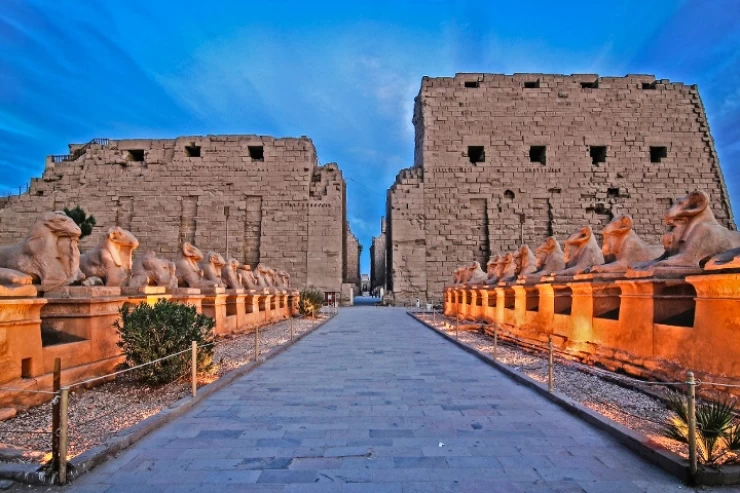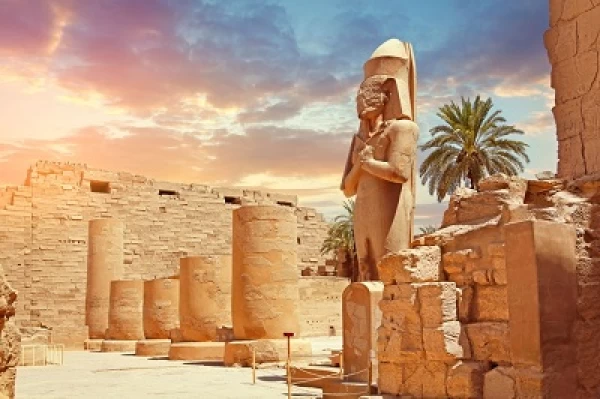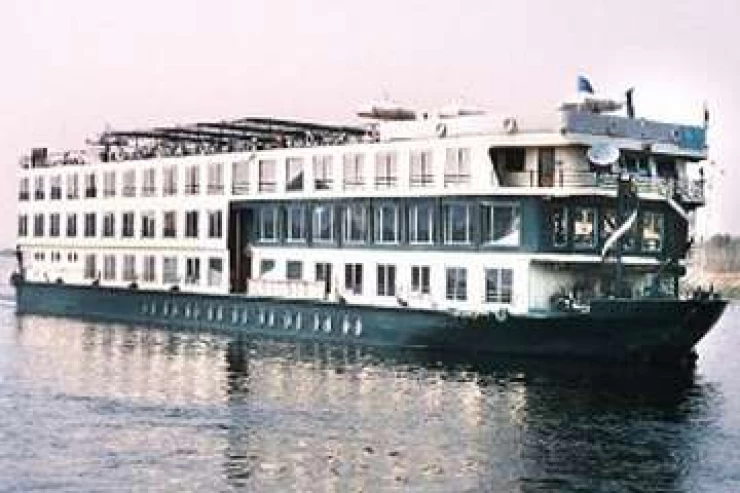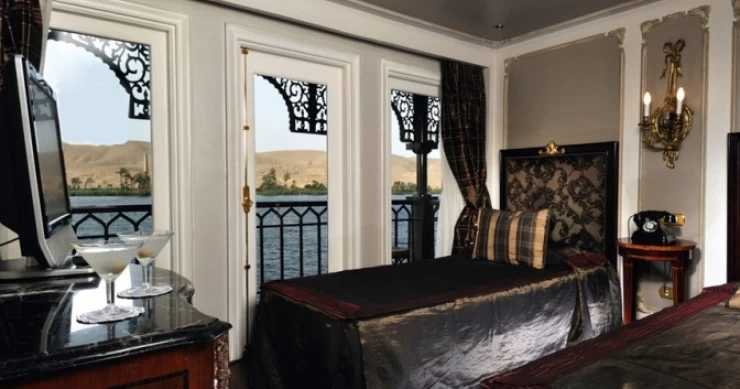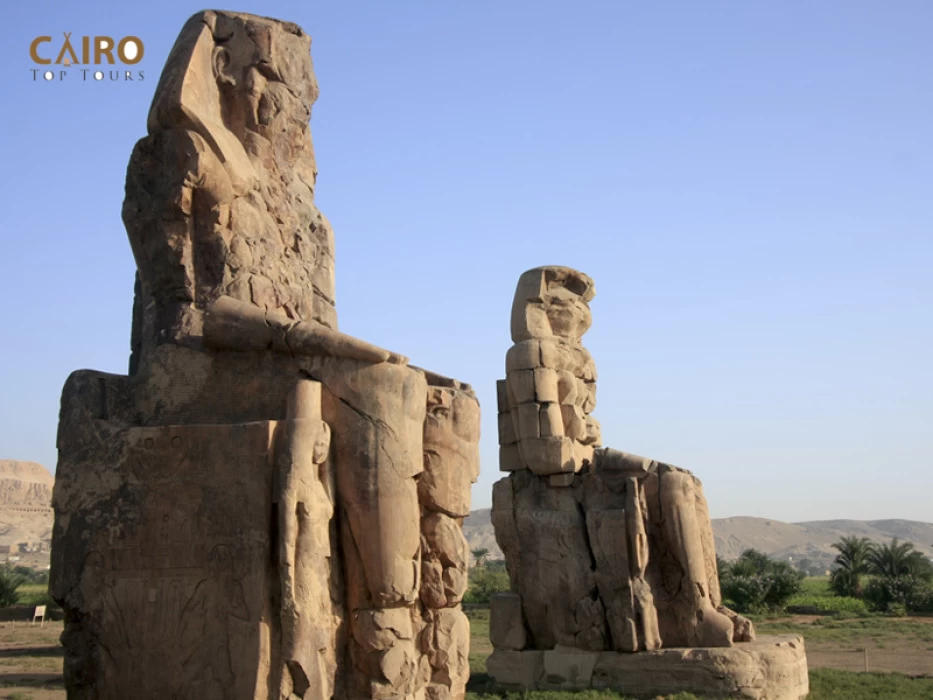
Colossi of Memnon
The Colossi of Memnon are two massive stone statues that stand on the west bank of the Nile River, near Luxor, Egypt. They were originally erected during the reign of Pharaoh Amenhotep III (1386–1349 BCE) as guardians to the entrance of his mortuary temple, which has since largely disappeared.
Each statue depicts Amenhotep III seated and measures around 18 meters (59 feet) in height. They are made from quartzite and are known for their imposing size and detailed craftsmanship. The statues have become famous not just for their grandeur, but also for the unique phenomenon associated with them.
In ancient times, one of the statues was known for producing a mysterious sound at dawn, which was interpreted by the Greeks and Romans as the statue “singing” or “talking.” This phenomenon was later attributed to the natural cracking of the stone caused by temperature changes. This led to the statues being named the "Colossi of Memnon," although Memnon was not actually associated with these statues; rather, he was a character from Greek mythology, the son of the dawn goddess Eos.
Today, the Colossi of Memnon remain an iconic symbol of ancient Egyptian architecture and art, attracting visitors and historians interested in Egypt's rich historical legacy.







